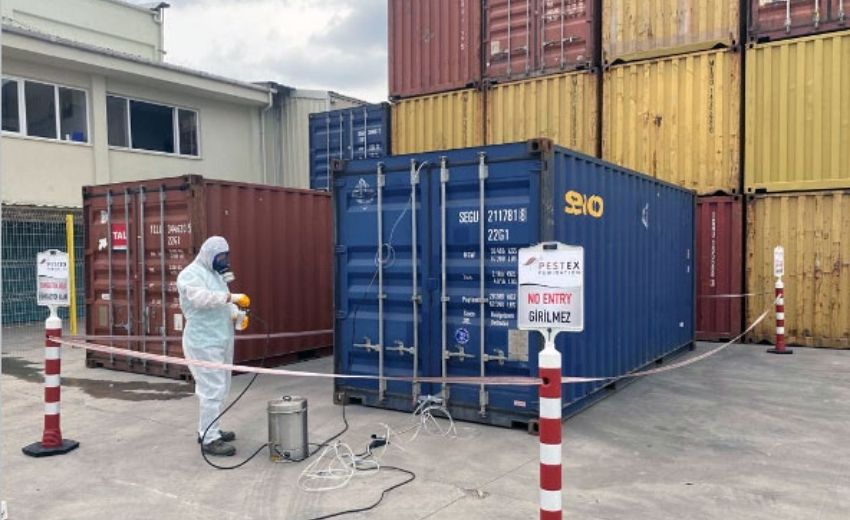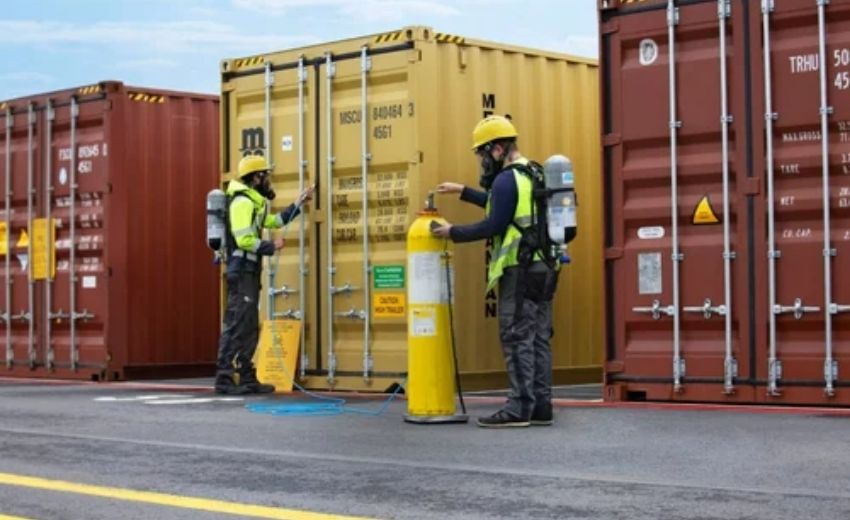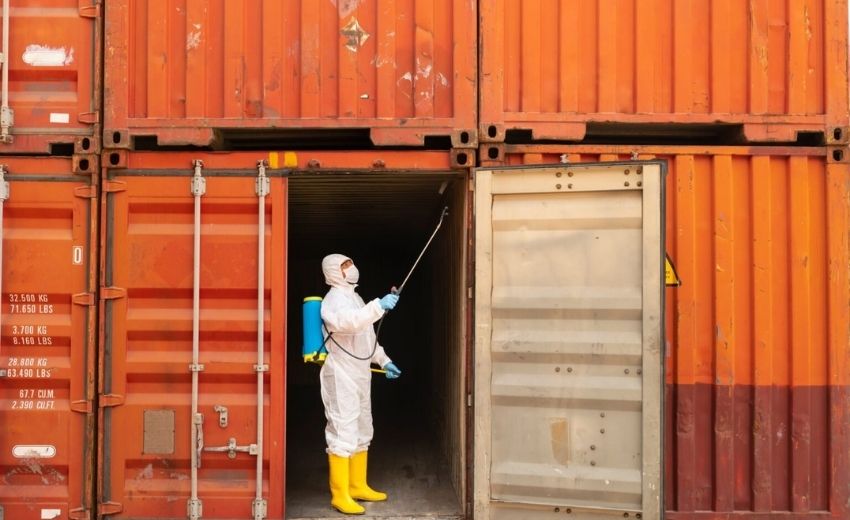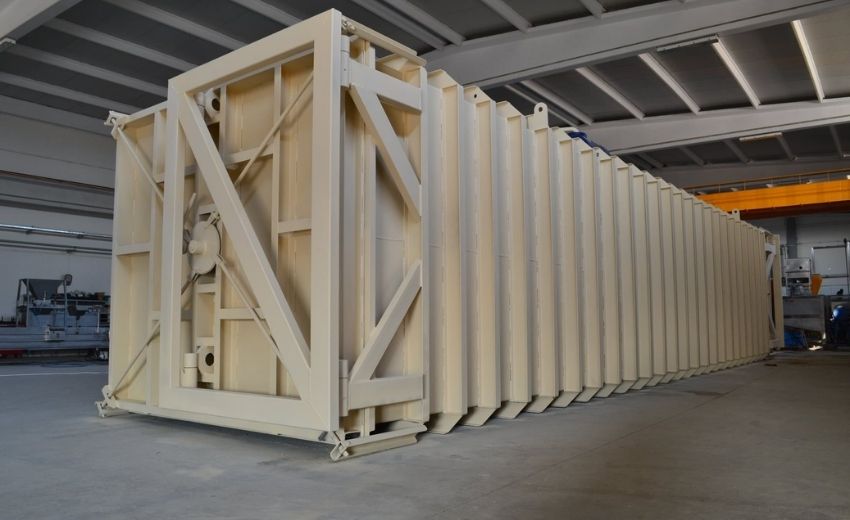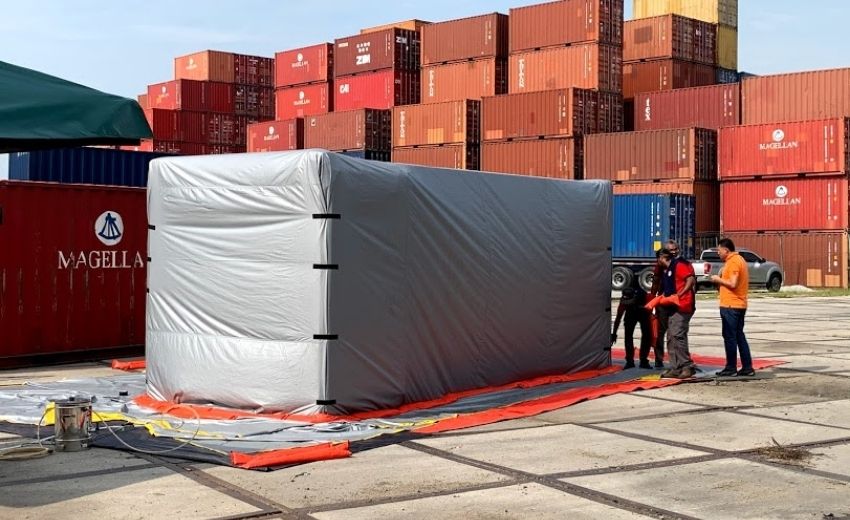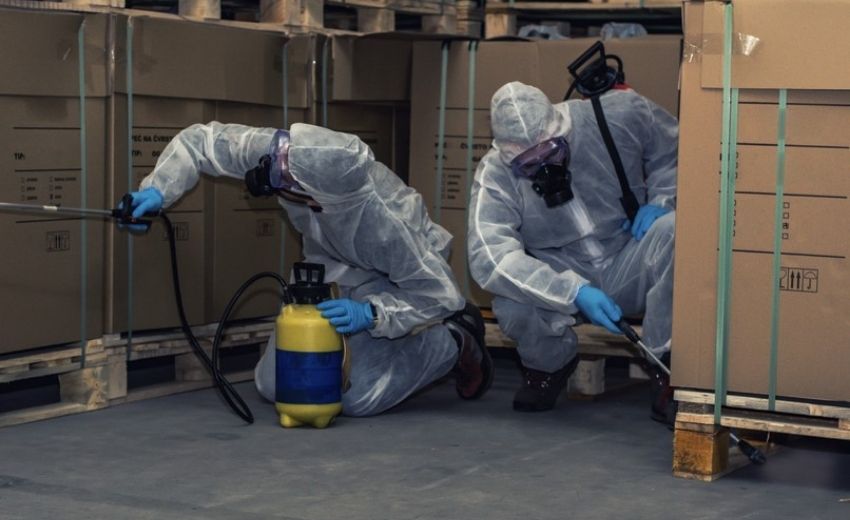How is Fumigation Done – Technical Methods, Application Steps, and Safety Measures
I. Introduction
Fumigation is a widely used method to control and eliminate pests, harmful organisms, or microbial contamination from products, storage facilities, or transportation containers. In agriculture, food storage, shipping, and even residential settings, fumigation plays a crucial role in maintaining product quality and ensuring safety. This article will detail the fumigation process, the techniques used, the necessary application steps, and the safety measures required for effective and secure fumigation.
II. The Importance of Fumigation
Fumigation offers a fast and efficient way to eradicate pests and pathogens, protecting the quality of goods and reducing health risks. Its proper execution:
- Protects Product Quality: Prevents damage to agricultural products, food items, and stored goods by eliminating pests.
- Enhances Health and Safety: Reduces the spread of harmful organisms, thereby lowering health risks for consumers and workers.
- Ensures Regulatory Compliance: Meets international and local standards required for trade and transportation, ensuring smooth commercial operations.
III. Fumigation Process and Techniques
The fumigation process involves a series of well-planned steps and the application of specific techniques:
-
Preparation Phase:
- Inspection: A thorough examination of the area or products to be fumigated is conducted to identify the type and level of infestation.
- Cleaning: The target area is cleaned and, if necessary, pre-disinfected to maximize the effectiveness of the fumigant.
- Sealing: The area is sealed off with airtight measures to ensure that the fumigant remains concentrated and effective.
-
Fumigation Application:
- Selection of Fumigant and Equipment: Based on the type of pest and the nature of the goods, an appropriate fumigant (such as methyl bromide, phosphine, or other approved chemicals) is selected.
- Application Methods: Fumigants can be applied using gas generators, spraying systems, or vaporization methods, depending on the scale and requirements of the operation.
- Exposure Time: The treated area must remain sealed for a predetermined period to allow the chemical to act effectively on all pests.
-
Ventilation and Post-Treatment Inspection:
- Aeration: After the exposure period, the area is ventilated in a controlled manner to remove residual chemicals and ensure a safe environment.
- Final Inspection: Samples are taken to verify that the fumigation has successfully eliminated the pests, and additional treatments may be applied if necessary.
IV. Safety Measures
Ensuring safety during fumigation is paramount for both personnel and the environment. Key safety measures include:
- Personal Protective Equipment (PPE): Operators must wear masks, gloves, protective eyewear, and appropriate clothing to prevent chemical exposure.
- Training and Certification: Personnel involved in fumigation must be properly trained on chemical hazards, emergency protocols, and equipment operation.
- Warning Signs and Barriers: Areas undergoing fumigation should be clearly marked and access should be restricted to prevent accidental exposure.
- Emergency Preparedness: Detailed emergency plans must be in place to handle accidental releases or exposures promptly and effectively.
V. Challenges and Solutions
The fumigation process may face several challenges:
- Chemical Resistance: Some pests may develop resistance to certain fumigants, necessitating alternative chemicals or integrated pest management approaches.
- Environmental Factors: Temperature, humidity, and ventilation can affect the efficacy of fumigants, so conditions must be optimized for each application.
- Residue Concerns: Inadequate ventilation may leave harmful residues on products, requiring strict adherence to exposure and aeration protocols.
- Cost Factors: Although initial setup and chemical costs can be high, the long-term benefits of reduced product loss and improved safety justify the investment.
VI. Future Outlook
The future of fumigation lies in the development of more environmentally friendly, efficient, and automated systems.
- Eco-Friendly Fumigation: Research into bio-fumigants and sustainable methods is paving the way for greener solutions that minimize environmental impact.
- Automation and Sensors: Integration of automated control systems and real-time sensors will enhance precision and monitoring during fumigation processes.
- Advanced Material Science: Innovations in chemical formulations and delivery mechanisms are expected to improve the efficacy and safety of fumigation methods.
- Data-Driven Approaches: Big data and analytics will allow for more precise planning and execution, optimizing fumigation practices based on historical and real-time information.
VII. Conclusion
Fumigation is a critical process in the control of pests and pathogens across various industries. With proper planning, appropriate chemical selection, strict adherence to application protocols, and robust safety measures, fumigation can effectively protect product quality and ensure safety. Future advancements in eco-friendly solutions, automation, and data analytics promise to further enhance the efficiency and sustainability of fumigation practices, making it an even more indispensable tool in modern pest management.
